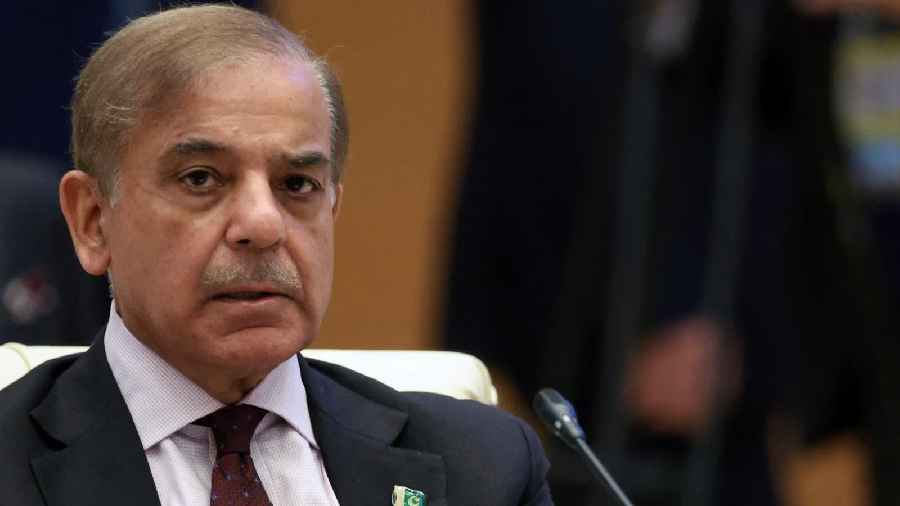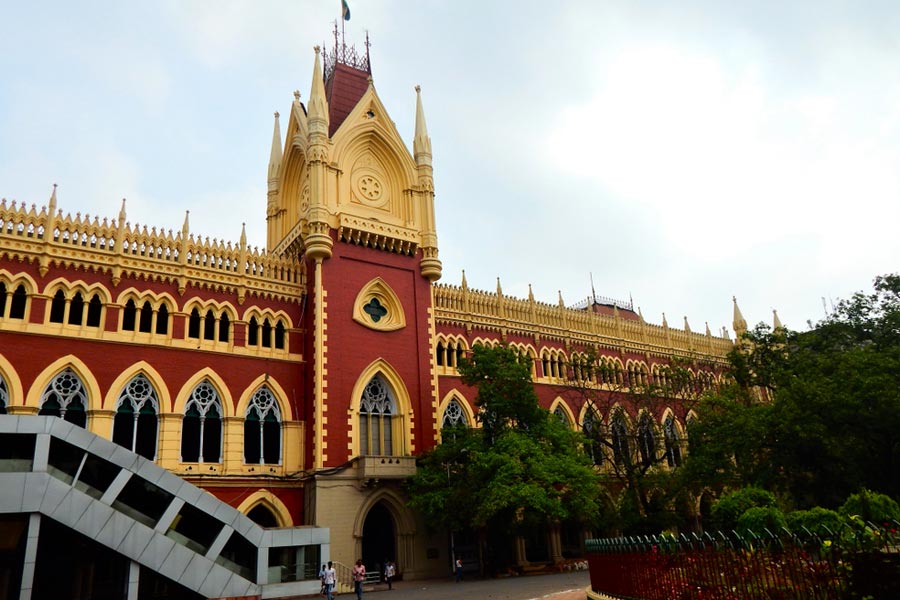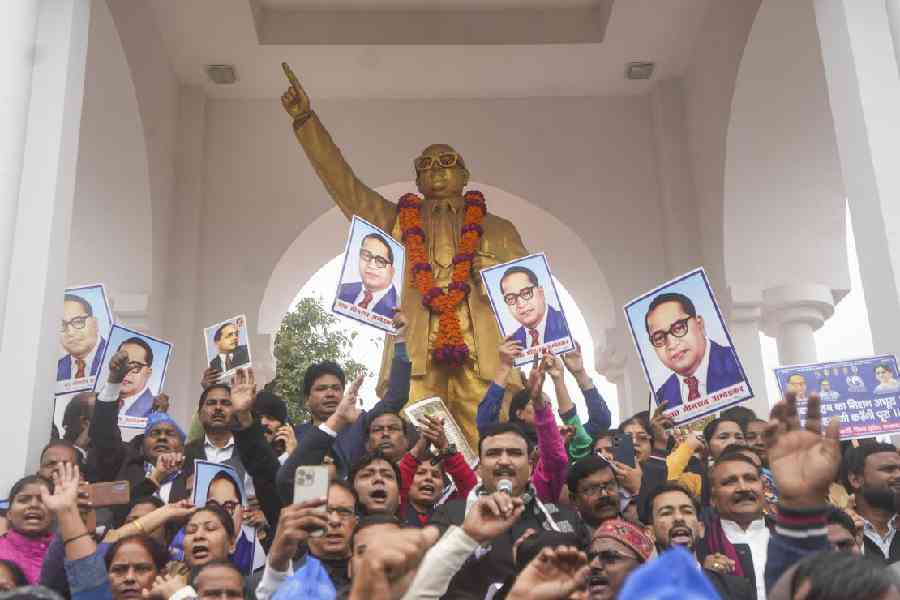Pakistan's central bank on Thursday hiked its key policy rate by 300 basis points to a 26-year high at 20 per cent, as the cash-strapped country scrambled to fulfil another demand by the IMF for the release of a USD 1.1 billion tranche to avoid an economic meltdown.
The development comes as the Pakistani rupee was in a freefall mode, sinking by Rs18.98 on Thursday compared to the greenback and touching its historic low of 285.09 against one dollar by the end of the day.
The country is taking various steps to get aid from the global lender under a USD 7 billion loan facility, which the International Monetary Fund (IMF) is refusing unless crucial decisions are made by the government and implemented.
The policy rate hike is 100 basis points higher than the financial market consensus of 200 basis points.
The State Bank of Pakistan (SBP) said in its monetary policy statement that it revised its inflation projection to 27-29 per cent for the current fiscal year against its November 2022 projection of 21-23 per cent for the year.
In its meeting in Karachi, the Monetary Policy Committee (MPC) noted that the recent fiscal adjustments and exchange rate depreciation led to a significant deterioration in the near-term inflation outlook and a further upward drift in inflation expectations, as reflected in the latest wave of surveys.
The committee expects a further rise in inflation in the next few months as the impact of these adjustments unfolds before inflation begins to decrease, albeit at a gradual pace.
During its last meeting in January, the MPC highlighted near-term risks to the inflation outlook from external and fiscal adjustments. Most of these risks have materialised and are partially reflected in the inflation numbers for February.
"The national CPI inflation has surged to 31.5 per cent year-on-year, while core inflation rose to 17.1 per cent in urban and 21.5 per cent in the rural basket in February 2023," it said.
On the external side, the MPC noted that despite a substantial reduction in the Current Account Deficit (CAD), vulnerabilities continue persisting.
In January 2023, the CAD fell to USD 242 million, the lowest level since March 2021 and cumulatively, stood at USD 3.8 billion in July-Jan FY23, which is 67 per cent down compared to the same period last year.
"The MPC noted that FX reserves remain low and concerted efforts are needed to improve the external position,” the SBP statement said, adding that restoration of aid flow from the IMF will help address near-term external sector challenges.
The Pakistani rupee also sank sharply by Rs 18.98 against the dollar on Thursday, with the local currency reaching a historic high of Rs 285.09 at close.
A 6.66 per cent drop in the value of the national currency was witnessed in a single day, according to the data of the State Bank of Pakistan.
The apex bank said it had been forced to change its expectation due to the external and fiscal adjustments given the fall in the economic outlook in the country.
“The MPC believes this outlook warrants a strong policy response to anchor inflation expectations around the medium-term target of 5-7pc,” it said in a statement.
Pakistan finance minister Ishaq Dar tried to push back fears of a default on Thursday, given the jacked-up policy rate and the depreciating rupee.
Dar, who took over the ministry in September last year, took to social media to clarify the situation, as the much-needed aid from the fund was still out of reach.
“Anti-Pakistan elements are spreading malicious rumours that Pakistan may default. This is not only completely false but also belies the facts. SBP forex reserves have been increasing and are almost USD 1 billion higher than four weeks ago despite making all external due payments on time,” he tweeted.
Dar also said that foreign commercial banks have started extending facilities to Pakistan.
While talking about the ongoing talks with the IMF, he said a deal was just around the corner.
“Our negotiations with the IMF are about to conclude, and we expect to sign a Staff Level Agreement with the IMF by next week,” he said, adding that all economic indicators were slowly moving in the right direction.
The Pakistani government has shown a willingness to take unpopular economic decisions like raising taxes, removing blanket subsidies, and artificial curbs on the exchange rate to secure IMF funding.
Zafar Paracha, secretary general of the Exchange Companies Association of Pakistan (ECAP), claimed that eventually, Pakistan would have to trade the dollar at the current Afghan trade rate as per the conditions of the IMF.
“In other words, they had said our actual rate should be as in the grey market rate, not the interbank rate or the open market. They are right as the availability and trade of dollars taking place right now is only in the grey market,” the Dawn newspaper quoted Paracha as saying.
He added that the government imposed restrictions on foreign exchange, as a result of which the trade shifted to the grey market.
The dollar does not come or go because of the many restrictions they have imposed on foreign exchange companies on its buying and selling, he said, adding that this is despite the government’s crackdowns on the grey market.
Paracha called for a revamp in the policies, saying conducting crackdowns would not help.
“Inadvertently, we have greatly supported the grey market because of our policies. The IMF can also see this, so they have said to bring our rate - of the rupee and dollar - to that point,” he said.
Topline Securities chief executive Mohammed Sohail said that the fresh plunge was mainly because of uncertainty in the currency market regarding the delay in funding from the IMF.
“The IMF demanded a 20pc reduction in the rupee's value before the new agreement that was fulfilled," the head of Strategic Planning at Tresmark, Komal Mansoor, was quoted as saying in the report.
Mansoor hoped the dollar would eventually settle between Rs 278-Rs 280.
“If it gets above this, then the State Bank would intervene,” she said.
According to her, that was the reason behind the current surge in the dollar rate. “Our expectation is the market would set below Rs 280, and the rupee would not depreciate further,” Mansoor said.
The currency has been sliding recently after delays in a deal between the cash-strapped country and the IMF, which forced Pakistan to allow a market base exchange rate.
Unfortunately, the steps taken at the behest of the global lender to generate revenue have already brought a tsunami of inflation.
Except for the headline, this story has not been edited by The Telegraph Online staff and has been published from a syndicated feed.











